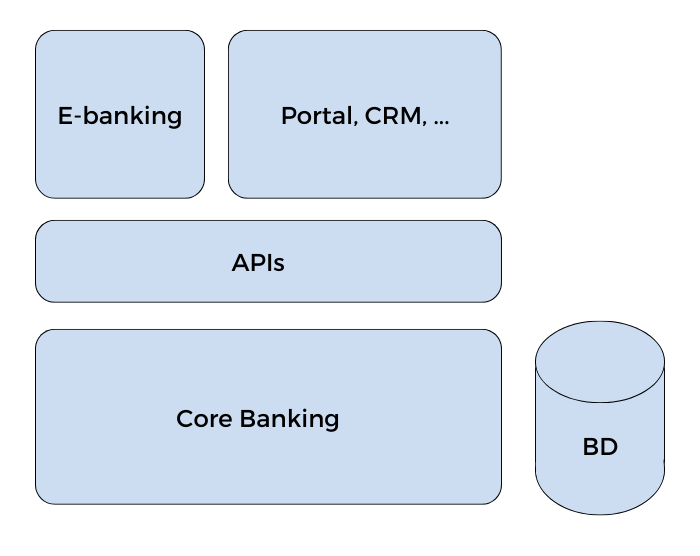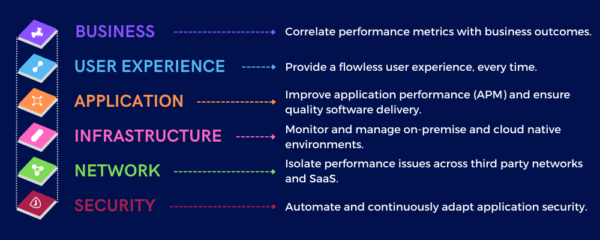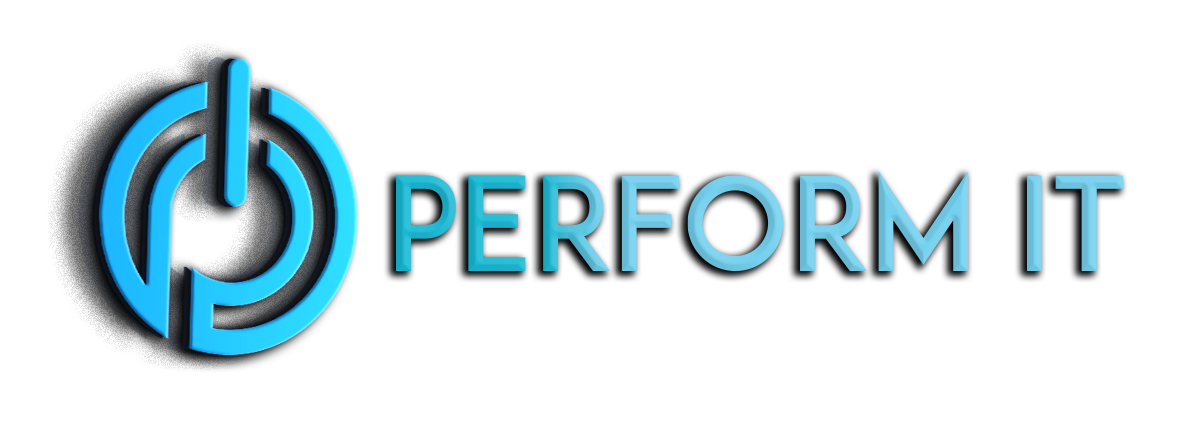Observability is a vital pillar of digital transformation.
The term “digital transformation” may seem outdated these days but it’s still a reality for thousands of companies, organisations and governments around the world. For two decades digital transformation has become a locomotive for growth, innovation and prosperity for many companies. Digital transformation adds value on so many levels by saving time and resources, adding processes, interconnecting people, and much more.
Like any progress in human history, digital transformation comes with its challenges; it adds a layer of complexity that becomes more complex the further you go on the transformational journey. When we look closer the complexity itself is not the problem, the lack of visibility is!
Let’s go through a simple example to help explain.
The need for a tool
Banks started their digital transformation a few decades ago. We saw the first core banking solutions and then multiple applications. APIs then started to be built and deployed around it.

As a result banks ended up with a very diverse application environment in terms of technologies, operating systems, databases, and even infrastructure (Virtual and physical). Adding to this the complexity and number of applications, it becomes nearly impossible to manage and operate without visibility.
Mobile banking applications have become the biggest, the busiest and most important agency in a lot of banks. The quality of user experience provided in those applications dramatically influence the branding of a bank:
Is the application ergonomic? Is it slow? Is it working? Does it provide a rich collection of useful features?
An observability tool at this level can help the bank to track and enhance the user experience on its mobile application(s) by Looking at the most used features and optimising them to be faster and more reliable. A lot of technical and business KPIs can also be retrieved from the thousands of customers currently using the application. Those technical KPIs can help the monitoring and/or operation teams. The dev team can have a dev-like view on the production environment which will help developers fix bugs faster but also provide more robust code in the future. Business KPIs on the other hand can be shared with high management, sales and/or marketing teams to give them a real time view on customer behaviors.
What do we need to observe?
There are many levels that need to be observed. A good observability tool should give the possibility to observe and monitor all the stack (see the diagram below). From this need the FSO or Full-Stack Observability tools like AppDynamics was born. The idea is not only to provide visibility on all layers of the application but also to be capable of correlating between them in case of issue.

Let me give an example here. Let’s say you detected slowness from the Javascript agent deployed in your web application. If you are using a tool that enables correlation, then you can track the slowness from the user browser to the application server at application level and then to the infrastructure level to discover at the end that there is a problem of high memory consumption in one of the virtual machines. In this case we have been capable of tracking the slowness from the end-user layer to the application and then to the infrastructure layer.
Some observability tools go even further and provide visibility on the internet (like ThousandEyes which is part of the complete Cisco FSO suite). Those insights are very important for organisations that migrated partially or totally to the cloud. You can observed and integrate security into FSO tools to provide alerts on security issues and other technical and business alerts.
Since and even before the pandemic the observability market has become very vibrant and dynamic. With the acceleration of digital transformation in many countries the need for observability is dramatically increasing.
Many tools are available in the market and finding the right one for your business can be a challenge. Perform IT are business observability specialists, we can help advise you on the right path. Contact us for a no-obligation consultation.

